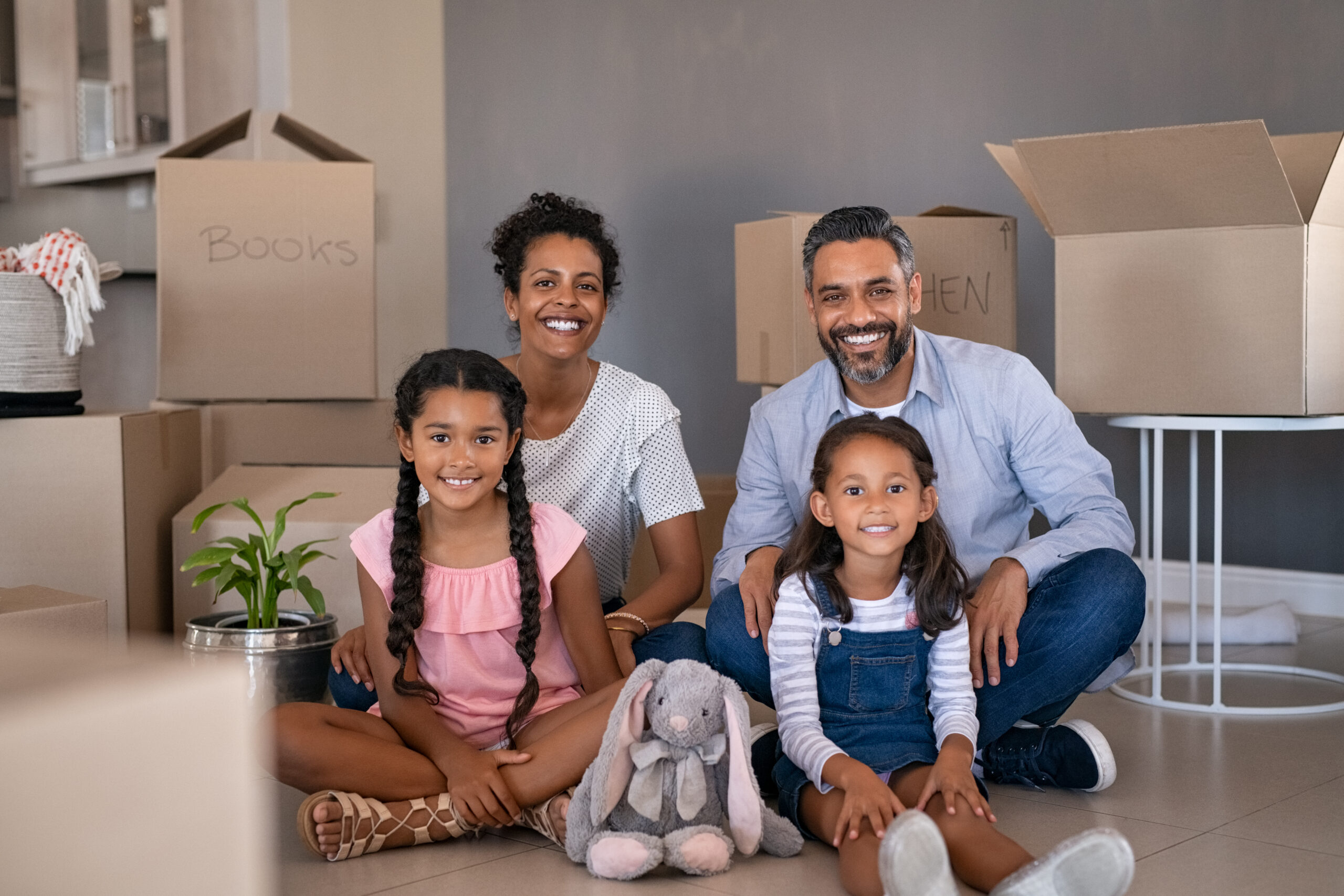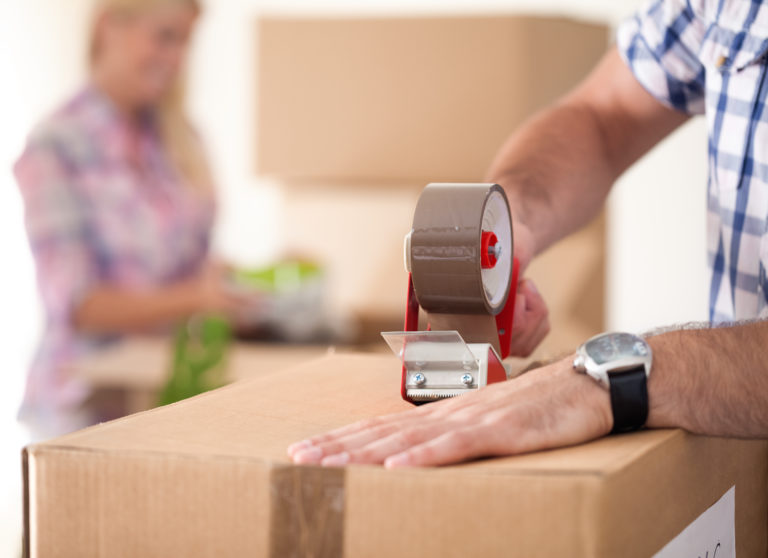Moving can be an emotionally taxing experience, but it offers the thrill of a fresh beginning in a new home. The process of relocating is often filled with anticipation, with many tasks to juggle. Understanding the practical aspects of settling in is key to transforming the chaos into comfort. As you unpack your life from boxes, remember that the initial period in your new surroundings is not just about arranging furniture but also about adapting to the new space and making it your own.
To ensure a smooth transition after your move, being proactive and organized is essential. Tweaking the aesthetics of your space with strategic lighting and thoughtful organization can significantly impact how you feel about your new dwelling. Besides the decor, addressing the essentials, such as transferring utilities, updating your address, and maintaining key home systems, will aid in avoiding future disruptions. A checklist can serve as a roadmap, ensuring you cover all bases from the get-go.
Acknowledging that settling in is a process, give yourself the leniency to acclimatize at your own pace. This period allows you to establish a sense of normalcy and cultivate a welcoming environment where memories will be made. Patience and effort during these initial days are investments that will pave the way for a comfortable and satisfying life in your new home.
Preparing for the Move
In transitioning into your new home, you must approach the preparation phase with a clear plan and the appropriate resources. From efficient packing strategies to handling moving documents, this section will guide you through the necessary steps.
Packing Strategies
When beginning to pack, gather packing supplies like boxes, tape, bubble wrap, and labeling materials. It’s advisable to pack room by room, which helps you stay organized and simplifies unpacking. Utilize a checklist to keep track of your items, and label boxes clearly with their contents and intended room destination. Consider using a color-coding system where each room is assigned a specific color for increased efficiency.
Choosing a Moving Service
Selecting the right professional movers is pivotal. Research potential companies read reviews, and solicit quotes from multiple services for comparison. Look for movers with insurance and a reputation for reliability and professionalism. Confirm the availability of your chosen service for your moving date, and discuss any special requirements you may have, such as moving large furniture or fragile items.
Managing Moving Documents
Keeping track of important documents during your move is essential. Create a dedicated folder for contracts, receipts, and inventory lists. It is also wise to have a digital backup stored securely online. Ensure your moving timeline and any agreements with your movers are clearly outlined and accessible. Lastly, update your address for mail forwarding and subscriptions, and keep documentation like birth certificates and passports on hand during the moving process.
Finalizing Your Relocation
Upon completing your move, securing your new home and ensuring essential services are operational is crucial. This allows you to settle with ease and peace of mind.
Address and Utilities Set-Up
First and foremost, change your address with the postal service to redirect your mail. Subsequently, you must transfer and set up essential utilities such as water, electricity, internet, phone, and cable services. Here’s a simple checklist:
- Postal Services: Update your address online or at your local post office.
- Utility Companies: Contact providers to transfer services. Arrange for any necessary installations or maintenance.
- Water: Ensure your water service is active.
- Electricity: Confirm your electrical service is ready to use.
- Internet and Cable: Schedule an installation date if needed.
Essential Services and Amenities
After the move, conduct a final walkthrough of your new home to check for any issues. Identify local amenities such as hospitals, police stations, and stores. Create a list of essential service providers:
- Health Services: Locate the nearest hospital or clinic.
- Stores and Markets: Find local supermarkets for your daily needs.
- Service Providers: Keep a handy list of plumbers, electricians, and other contractors.
Home Security and Safety
Prioritize your family’s safety by assessing the home’s security and safety measures. Replace old locks, install smoke alarms, and consider placing fire extinguishers in key locations. If your home has a, understand its functionalities. Use detailed steps for home security setup:
- Locks: Change the locks on all exterior doors.
- Smoke Alarms and Fire Extinguishers: Install or check the existing ones to ensure they function correctly.
- Security Systems and Cameras: Familiarize yourself with the operation and ensure they cover all vulnerable areas.
First Days in Your New Home
In the first days after your move, your primary tasks are to unpack and settle into your new space while beginning to integrate into your neighborhood. Efficiently organizing your belongings and taking the initial steps to acclimate to your surroundings will create a comfortable and rewarding living experience.
Unpacking and Organizing
Begin by tackling the most essential rooms in your new home. Prioritize your kitchen; set up major appliances and sort out the contents of your pantry. Assemble and arrange your furniture to create a functional living space. Focus next on closets, ensuring your clothes and other personal items are accessible.
- Kitchen: Unpack critical kitchenware and groceries. Place everyday dishes, utensils, and cooking appliances for easy access.
- Furniture: Assemble beds and arrange seating to instantly boost the livability of your space.
- Closets: Use bins and hangers to organize your clothing, separating different categories for a streamlined wardrobe.
If you have children, unpack their rooms early to give them a sense of stability. For pets, establish a designated area with all their necessities to help them adjust.
Acclimating to the Neighborhood
Take time to explore your new neighborhood. Locate essential services such as grocery stores, medical facilities, and parks. Introducing yourself to neighbors is polite and fundamental in building community ties. Attend HOA meetings if applicable to understand community standards and engage with local governance.
- Find communal spots to meet locals, such as community centers or local events.
- Walk or drive around to familiarize yourself with the area, noting landmarks and points of interest.
By being proactive and organized in unpacking and engaging with your neighborhood, you will establish a solid base to thrive in your new home.
Making Your House a Home
Transitioning into your new space involves deep cleaning to ensure it’s safe and hygienic, followed by decorating to reflect your style and make the place yours.
Deep Cleaning and Maintenance
Before unpacking your belongings, it’s crucial to deep clean your new home to remove any dirt and germs left by previous occupants. Starting with a clean slate will also give you peace of mind.
- Appliances: Clean inside and out. Sanitize high-touch surfaces like handles and knobs.
- Cabinets: Wipe down shelves and doors, inside and out, before placing your items.
- General Cleaning: Focus on floors, bathrooms, and kitchens where dirt and grime are most common.
After cleaning, check each area for maintenance needs:
- Filters: Replace air filters in HVAC systems to improve air quality.
- Safety Check: Test smoke detectors and carbon monoxide alarms, replacing batteries as necessary.
Personalization and Decoration
Once the house is clean, begin familiarizing yourself with each space and decorating to transform it into a home that reflects your unique taste.
- Layout: Plan your furniture layout to utilize space efficiently and create comfortable living areas.
- Decorating: Hang pictures, artwork, and shelves. Add warmth with soft furnishings like curtains, cushions, and rugs.
- Lighting: To enhance the ambiance, incorporate various light sources, such as table lamps, floor lamps, and string lights.
Remember that personalizing your home is an ongoing process. Your taste and needs might evolve, but initial decorating efforts will make your new house feel welcoming and comfortable.





